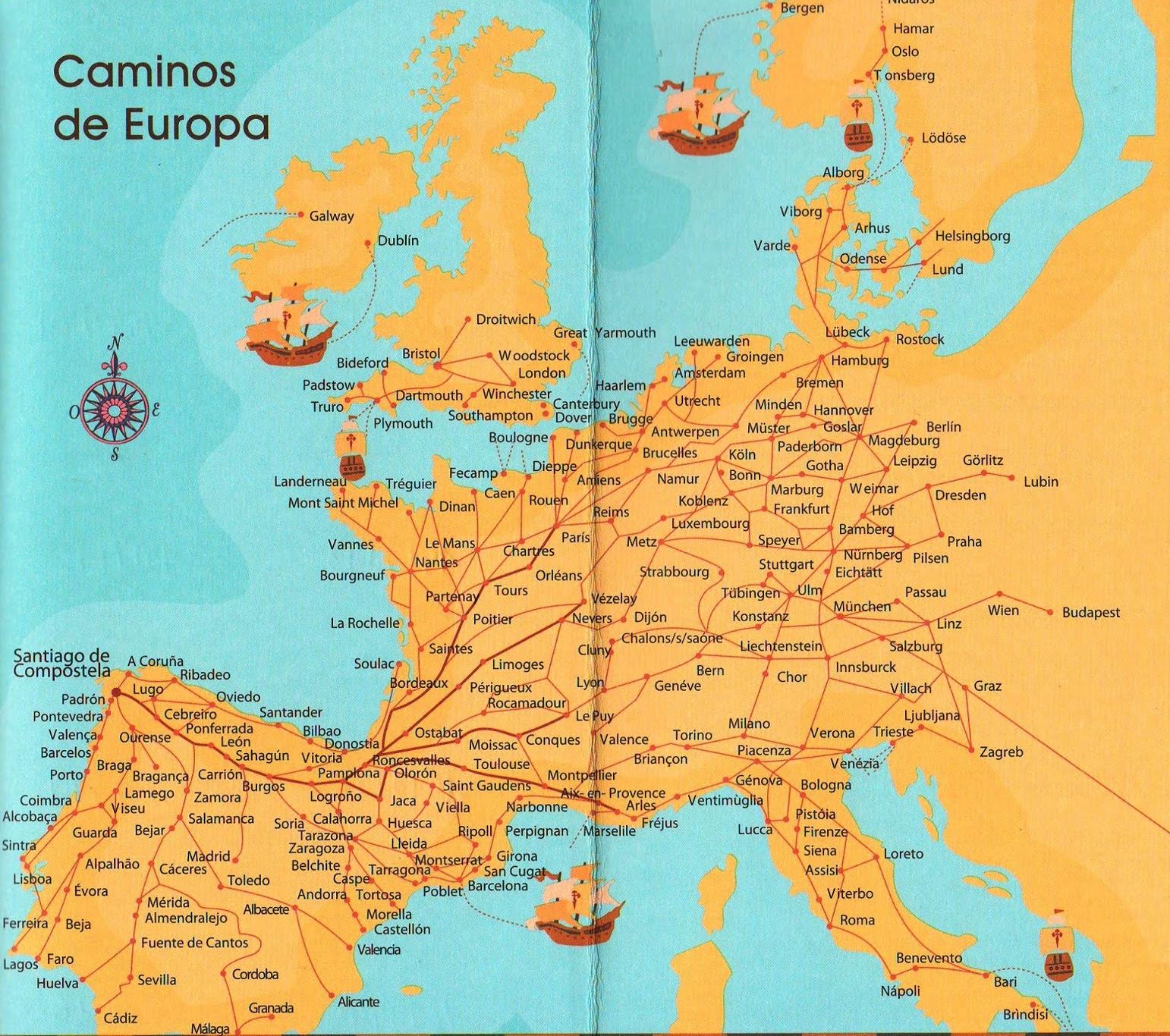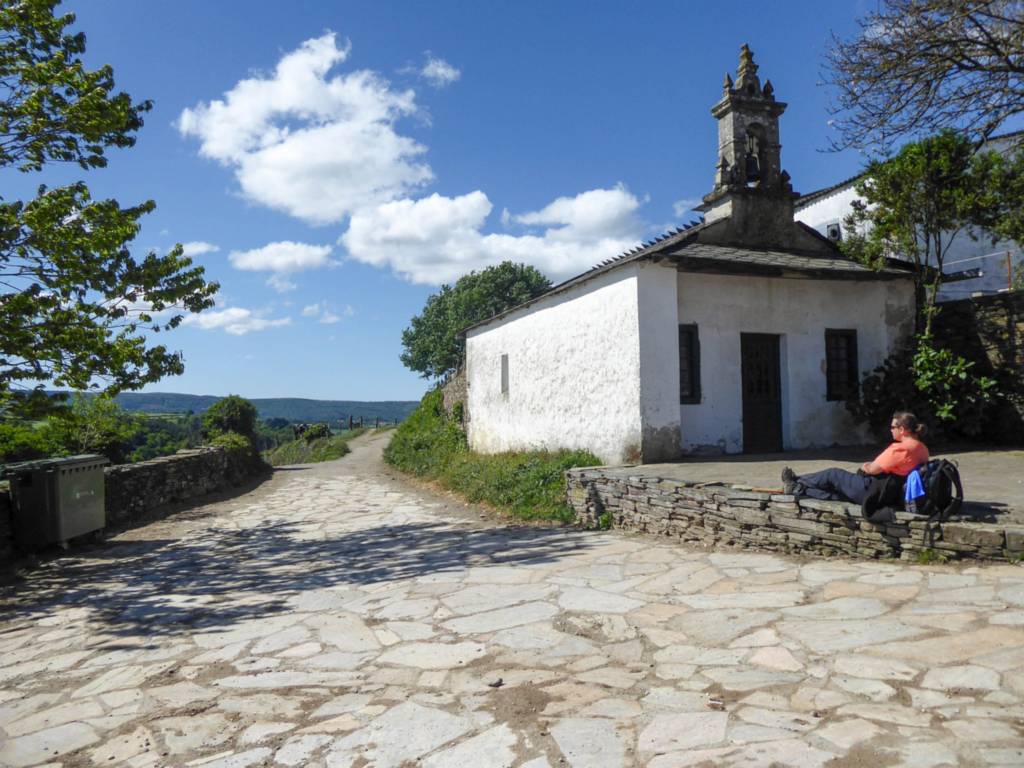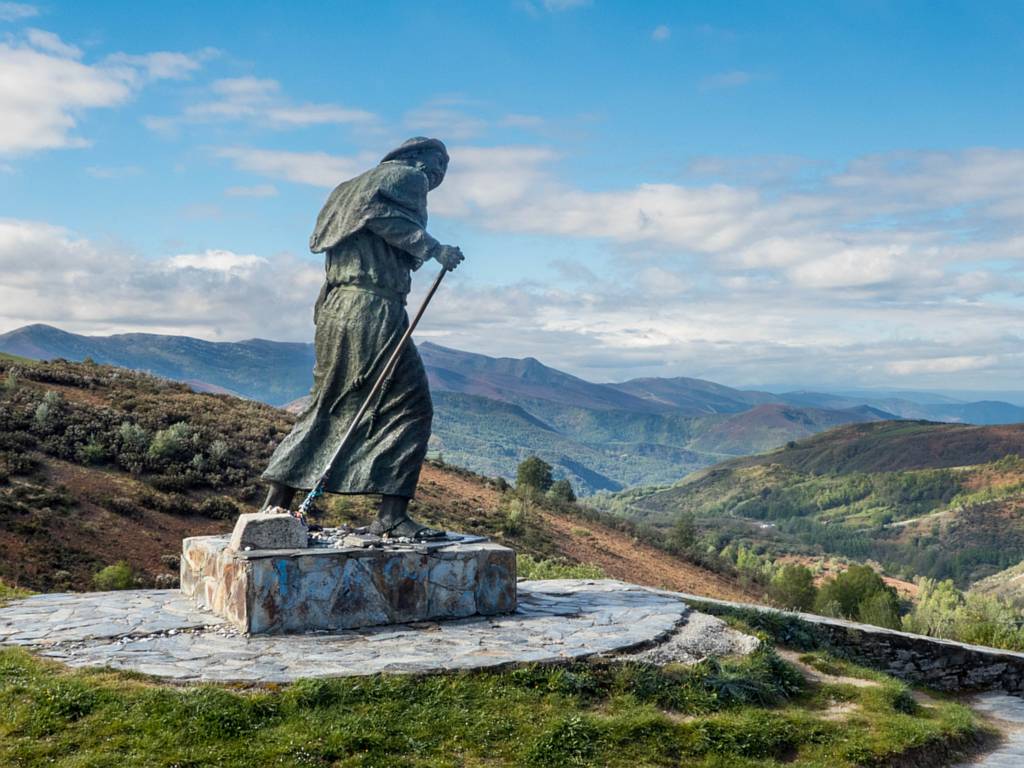El Camino de Santiago is one of the most popular walking routes in the world. The Camino is an umbrella term for hundreds of routes throughout Europe that all lead to Santiago.
There are some things that walkers should know before undertaking the Camino, such as type of terrain, types of accommodation, the best time to go, and more.
Take a Camino Frances Hiking Trip!
El Camino de Santiago
The Routes
The term ‘El Camino de Santiago’ can be ambiguous. There are many routes that lead to to Santiago de Compostela, and ‘Camino de Santiago’ is an umbrella term for them all.
The seven most popular* routes of El Camino de Santiago are as follows:
(*Statistics taken from the Pilgrim’s Office for 2016)
- Camino Frances – 176,075
- Camino Portugues – 49,538
- Camino del Norte – 17,289
- Camino Primitivo – 12,089
- Camino Ingles – 9,703
- Via De La Plata – 9,067
- Finisterre – 770
As you can see, the Camino Frances was over three times as popular as the next most popular Camino route in 2016.
El Camino de Santiago isn’t just limited to Spain. There are routes all throughout Europe, as can be seen in the image below.

The Camino Frances is the route that we at Hillwalk Tours are focusing on for our tours. Specifically, we will be offering the final 160km of the Camino Frances – from O’Cebreiro to Santiago.
Type of Walking on the Camino Trail
Terrain
The final 160km of the Camino Frances begins just inside the border of Galicia, a province of Spain.
The terrain along the Camino Frances is easy with a mixture of woodland paths, small rural roads and lanes.
Galicia is very green – our Product Team compared it to the countryside of Ireland! This means that there is good shade and the trail can be quite cool, even during the heat of the day.
Difficulty
The Camino Frances is a gentle and easy route, with very few steep climbs.
Throughout the final 160km of the Camino Frances, there are few steeper climbs with more gentle ascents and descents.
Over 40,000 pilgrims annually are over the age of 60, meaning that the Camino is a route suitable for all ages and abilities.

Accommodation
Accommodation along El Camino de Santiago is varied.
Albergues
These are hostel-type accommodations that are very cheap, often with 16 beds or more per room.
Hotels
These hotels can either be large or small, family-run affairs.
Casa Rurales
Casa Rurales are beautiful, family-run country homes and are the closest thing to what we call B&Bs.
Pensiones
Pensiones, or guesthouses, are quite similar to casa rurales. They are typically the larger of the two.
Pazos
Pazos are grand manor houses that are used for accommodation. They are on the upper-scale side of accommodation and provide a fantastic experience.

Best time to go
El Camino de Santiago gets busy during the summer months. If you enjoy the buzz of a crowd, this may be the best time for you to go.
April and May are relatively quiet months and the spring weather is picking up.
Check out this blog for more information on when to walk El Camino de Santiago!


